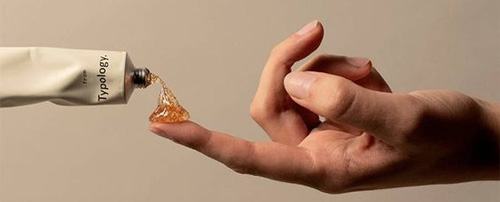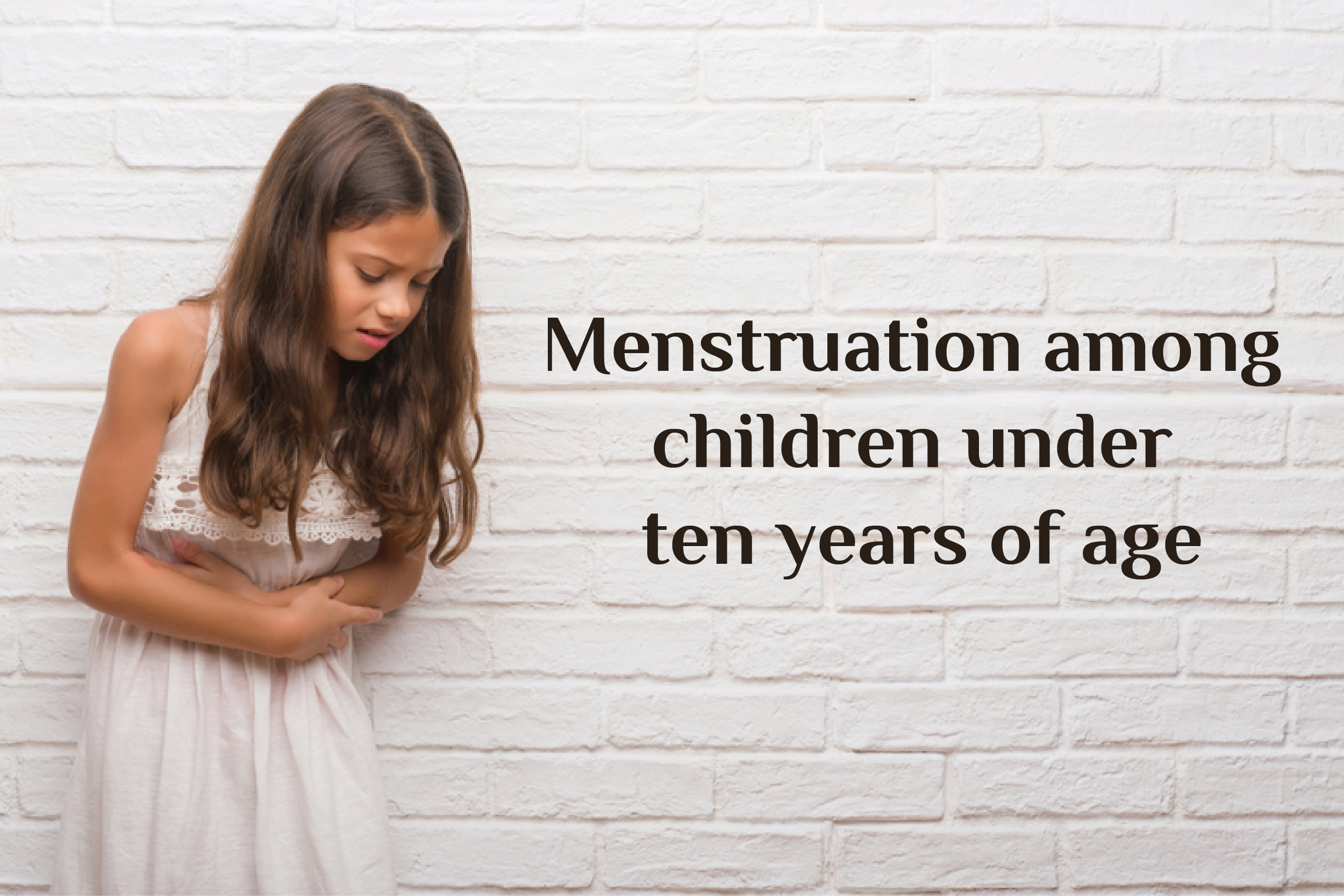The prevalence of menstruation among children under ten years of age is on the rise, prompting the Indian Council of Medical Research (ICMR) to survey this issue.
The survey, spearheaded by the National Institute for Research in Reproductive and Child Health under the auspices of ICMR, is slated to commence by year-end. Typically, girls experience the onset of menstruation between the ages of eight and 13. Physical changes typically commence in boys between the ages of nine and 14. Nevertheless, there has been a recent uptick in the occurrence of these changes in children below the age of ten. The premature onset of these physical changes can impact children’s physical development, potentially leading to issues like bone loss and stunted growth. Health experts additionally suggest that it may induce emotional and mental difficulties such as anxiety.
Why Do Girls Get Periods?
Menstruation among children occurs due to hormonal shifts within the body. These hormones transmit signals to prepare the lining of the uterus for potential pregnancy by thickening it. If fertilization doesn’t happen, the uterine lining sheds, resulting in bleeding. This cyclical process repeats approximately every month, explaining why most girls and women experience their periods every month.
Should I Use a Pad, Tampon, or Menstrual Cup?
Managing period blood offers several options, and finding the most suitable one often involves some trial and error. While some individuals stick to one method, others alternate between different approaches to find what works best for them.
- When girls experience their first period, many opt for pads as their primary menstrual product. Made of cotton, pads are available in various sizes and shapes, featuring adhesive strips for attachment to underwear.
- Numerous girls favor tampons over pads, especially during physical activities like sports or swimming. A tampon, a cotton plug, is inserted into the vagina. Most tampons include an applicator to facilitate insertion. The tampon absorbs menstrual blood. It’s crucial not to leave a tampon in for more than 8 hours, as this could heighten the risk of a severe infection known as toxic shock syndrome.
- Certain girls opt for a menstrual cup as their menstrual product of choice. To use a menstrual cup, a girl inserts it into her vagina, where it collects the blood until she removes and empties it.
Several factors can contribute to a menstrual cycle starting early:
Hormonal fluctuations: Changes in hormone levels, particularly estrogen and progesterone, can affect the timing of your menstrual cycle. Stress, illness, changes in diet, and intense physical activity can all impact hormone levels.
Stress: Stress can disrupt hormone levels in the body, leading to irregularities in the menstrual cycle. This includes both physical and emotional stress.
Poor diet or extreme weight changes: Significant weight changes, whether through dieting, excessive exercise, or eating disorders, can affect hormone levels and disrupt the menstrual cycle.
Medical conditions: Certain medical conditions like polycystic ovary syndrome (PCOS), thyroid disorders, pelvic inflammatory disease (PID), endometriosis, or uterine fibroids can cause irregular menstrual cycles and sometimes early periods.
Medications: Some medications, including hormonal contraceptives, can cause changes in menstrual cycles. Starting or stopping birth control pills, for example, can sometimes lead to early periods.
Travel: Changes in time zones and disruptions to your routine during travel can impact your body’s internal clock and menstrual cycle.
Junk Food: Junk food consumption is strongly associated with obesity, even in children. junk food can lead to nutritional deficiencies, which may impact overall health and development. Nutritional imbalances can affect the normal hormonal signaling involved in puberty and menstruation, potentially influencing the timing of menarche.
If you’re experiencing persistent changes in your menstrual cycle, it’s important to consult with a healthcare provider to determine the underlying cause and appropriate treatment, if necessary.
Preventing early periods
Preventing early periods often involves maintaining overall health and managing factors that can disrupt the menstrual cycle. Here are some preventive measures you can take:
Maintain a healthy lifestyle: Eat a balanced diet rich in fruits, vegetables, whole grains, and lean proteins. Regular exercise can also help regulate hormone levels and reduce stress.
Manage stress: Practice stress-reduction techniques such as yoga, meditation, deep breathing exercises, or hobbies that you enjoy. Finding healthy ways to cope with stress can help prevent disruptions to your menstrual cycle.
Avoid extreme weight changes: Aim to maintain a healthy weight through a balanced diet and regular exercise. Avoid extreme dieting or rapid weight loss, as this can disrupt hormone levels and lead to irregular periods.
Limit caffeine and alcohol: Excessive consumption of caffeine and alcohol can disrupt hormone levels and affect your menstrual cycle. Limit your intake of these substances to promote menstrual regularity.
Stay hydrated: Drink plenty of water throughout the day to support overall health and hormone balance.
Get enough sleep: Prioritize getting enough sleep each night, as sleep deprivation can disrupt hormone levels and contribute to irregular periods.
Manage medical conditions: If you have underlying medical conditions such as PCOS, thyroid disorders, or endometriosis, work closely with your healthcare provider to manage these conditions and minimize their impact on your menstrual cycle.
Consult with a healthcare provider: If you experience persistent irregularities or early periods despite these preventive measures, consult with a healthcare provider. They can help identify any underlying causes and recommend appropriate treatment or further evaluation.
By implementing these preventive measures and maintaining a healthy lifestyle, you can help promote a regular menstrual cycle and reduce the likelihood of early periods.
Menstruation among children typically begins around the ages of 10 to 15, although it can occur earlier or later. However, menstruation in children under ten years of age, known as precocious puberty, is considered rare and may be a cause for concern.
Precocious puberty refers to the early onset of puberty, including the development of secondary sexual characteristics such as breast development, pubic hair growth, and menstruation in girls, before the age of 8 in girls and before the age of 9 in boys. It can have various causes, including hormonal imbalances, genetic factors, certain medical conditions, or environmental factors. If a child under ten years old experiences menstruation, it’s essential to consult a healthcare provider promptly to determine the underlying cause and appropriate management.


